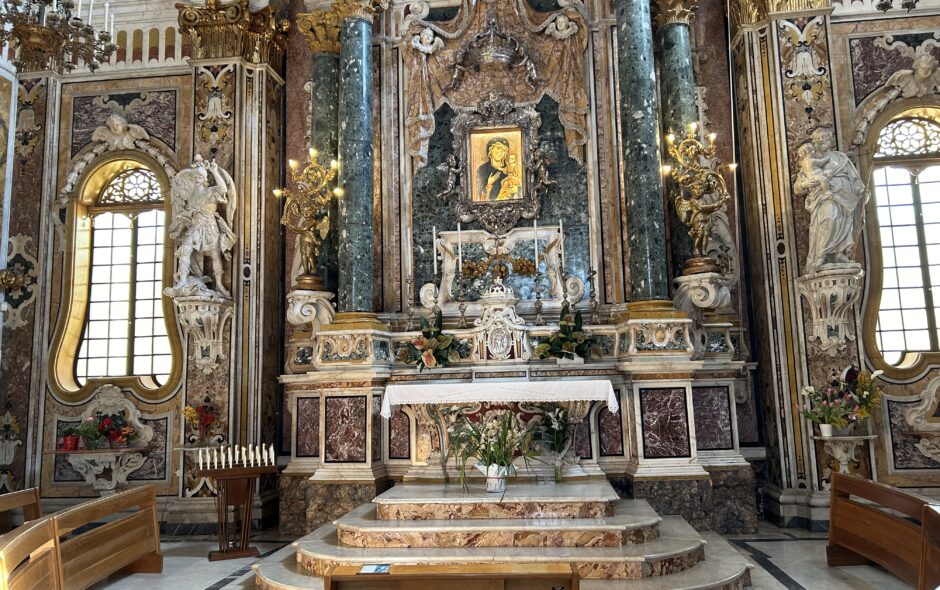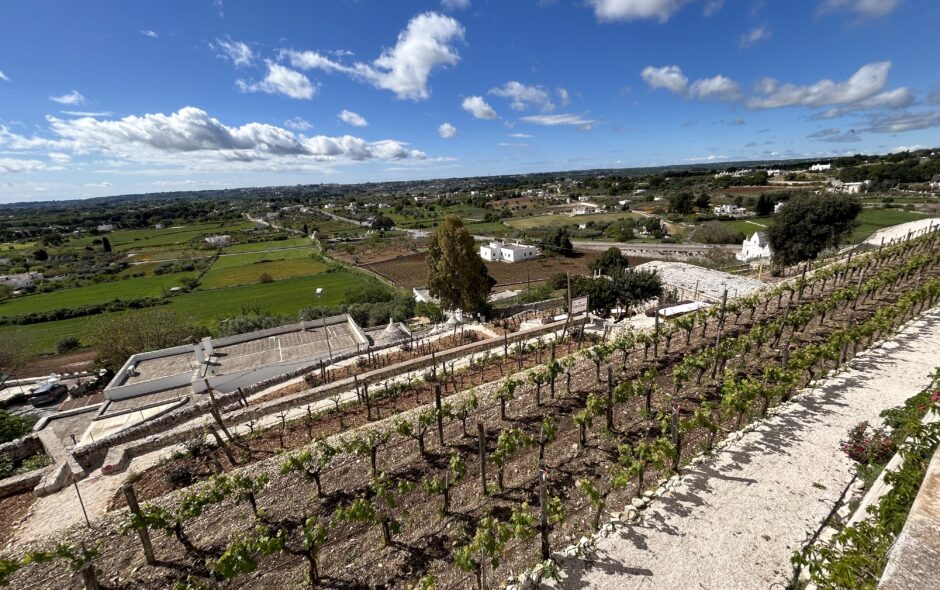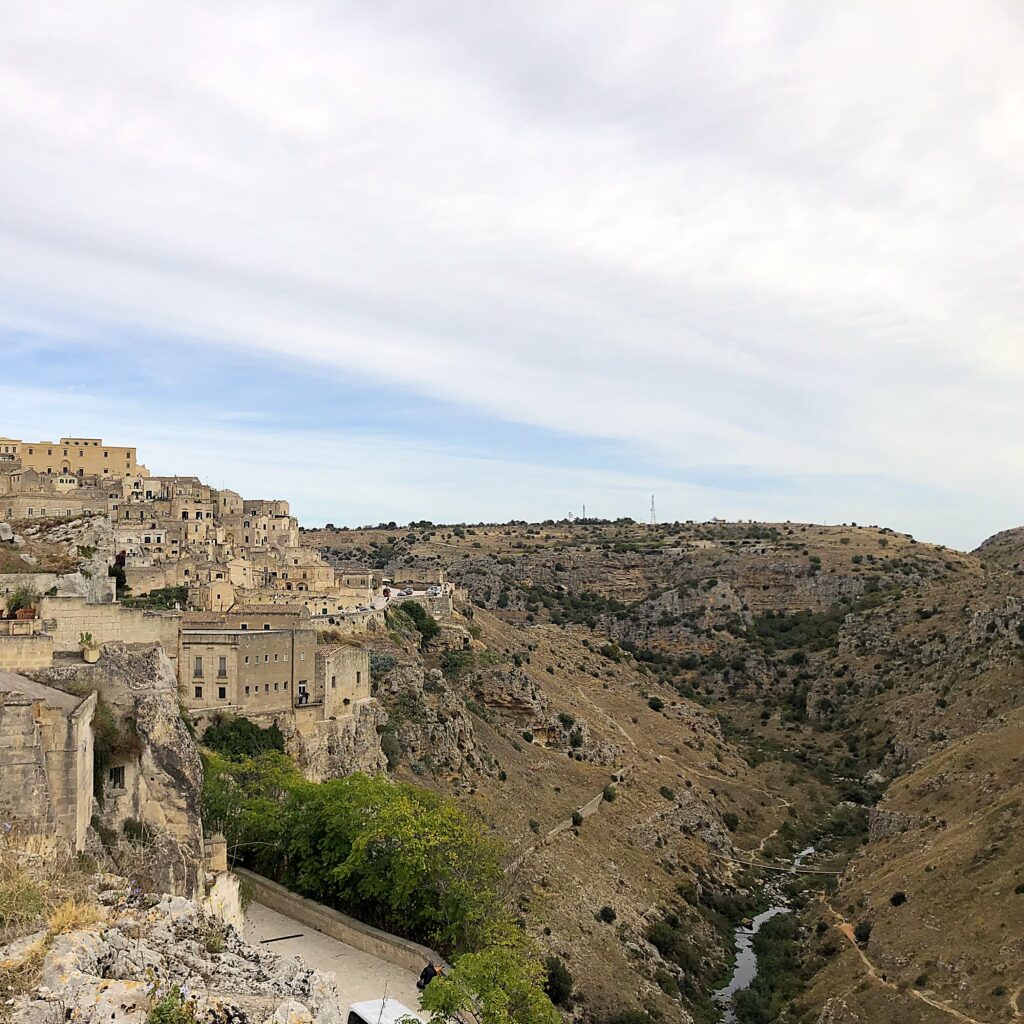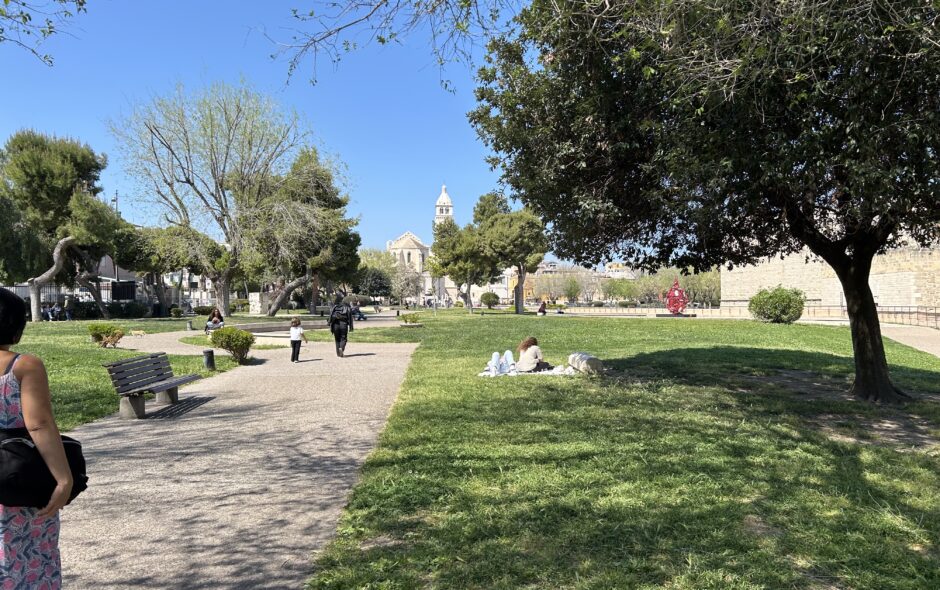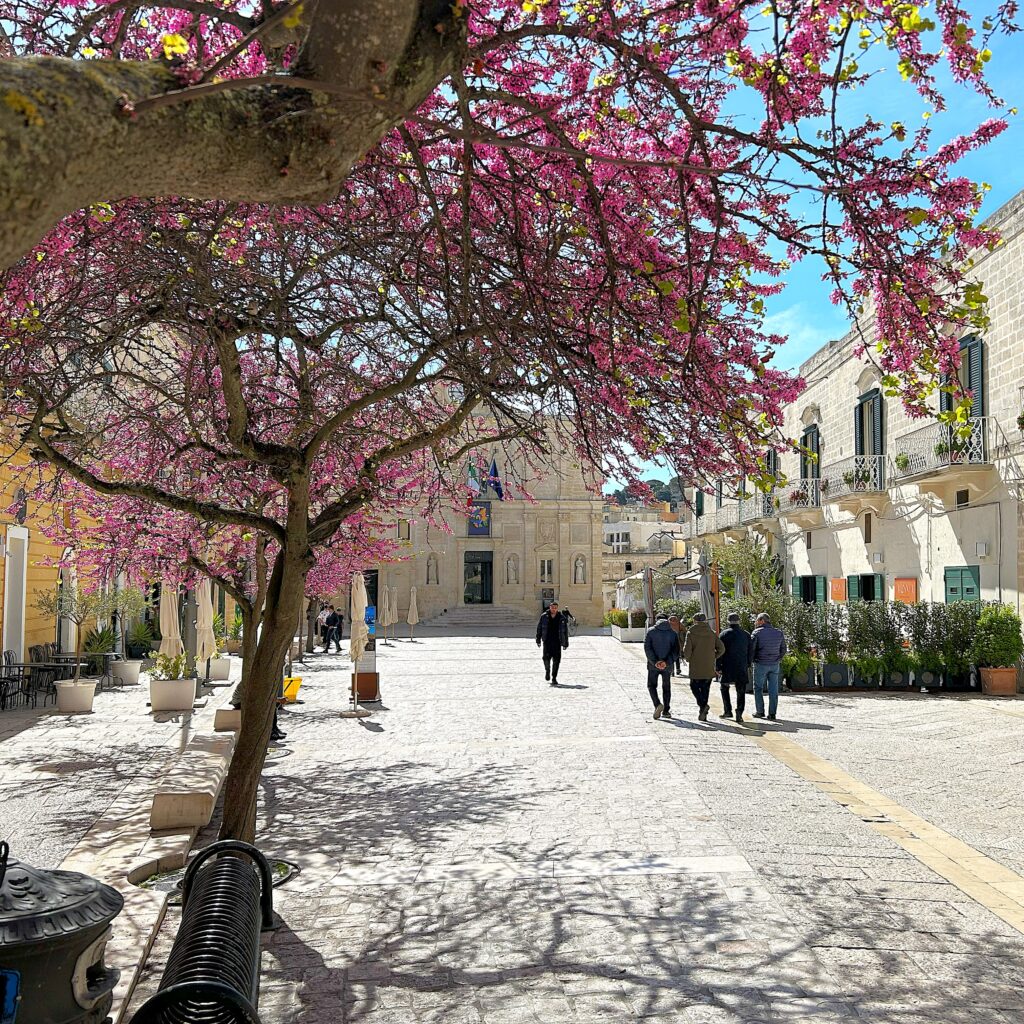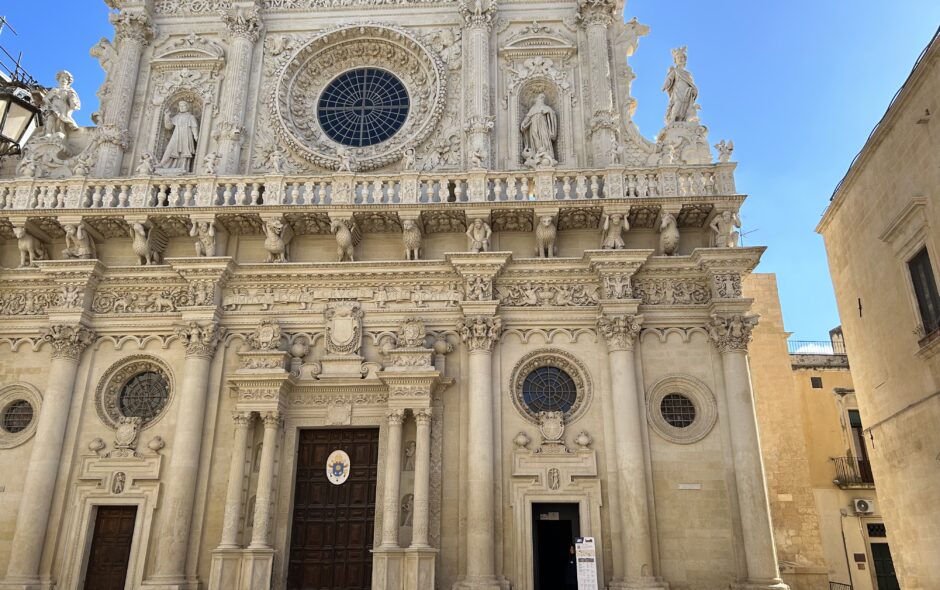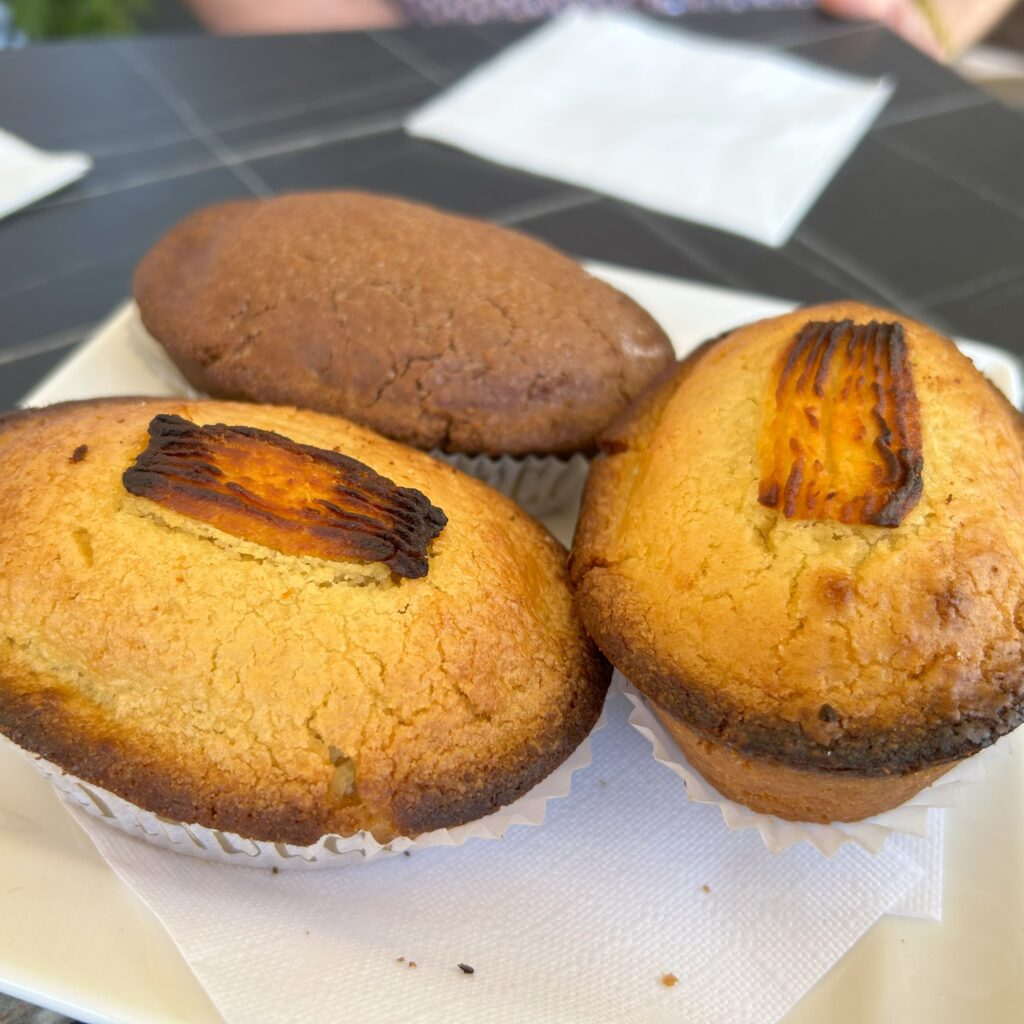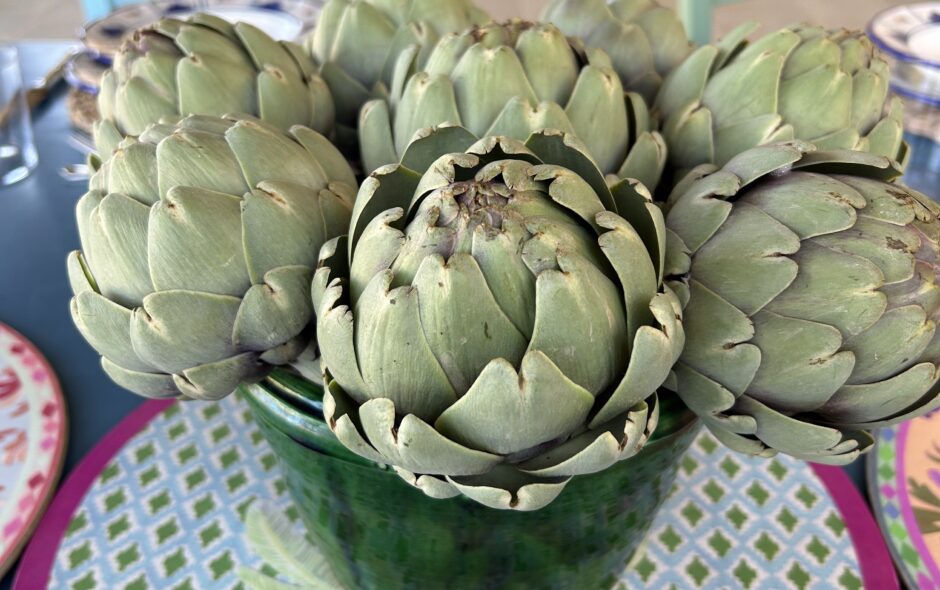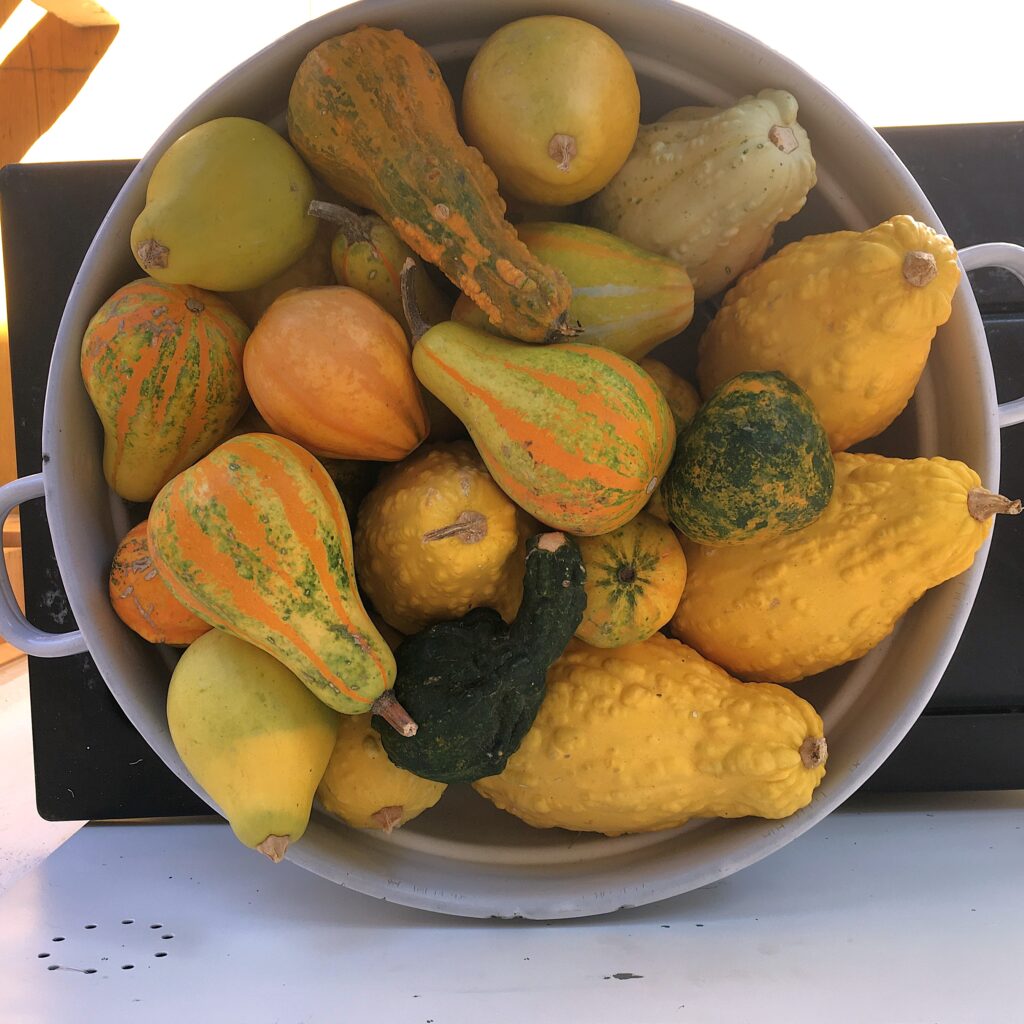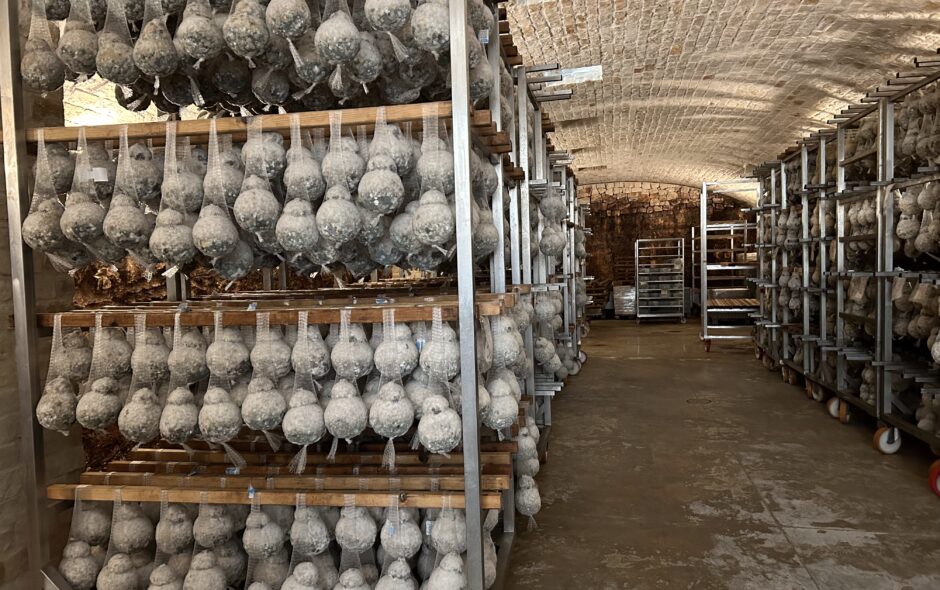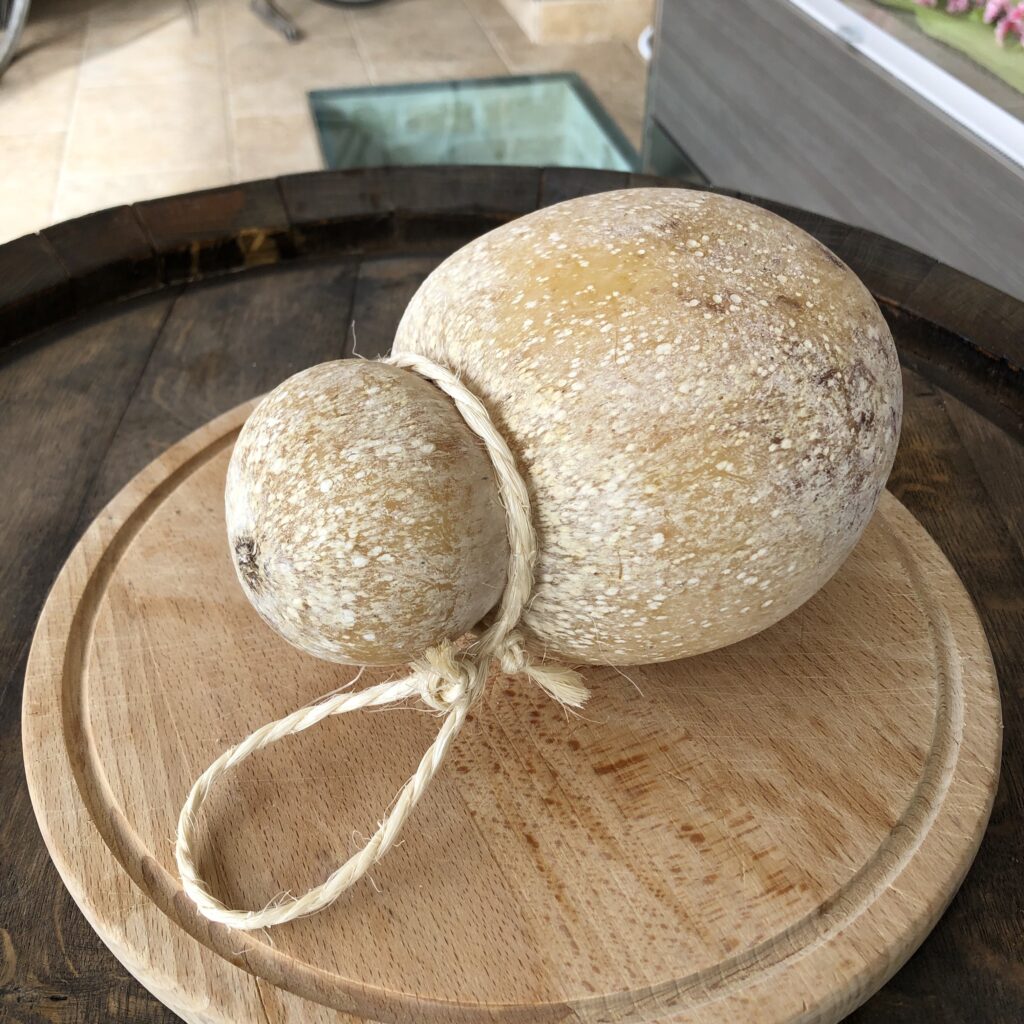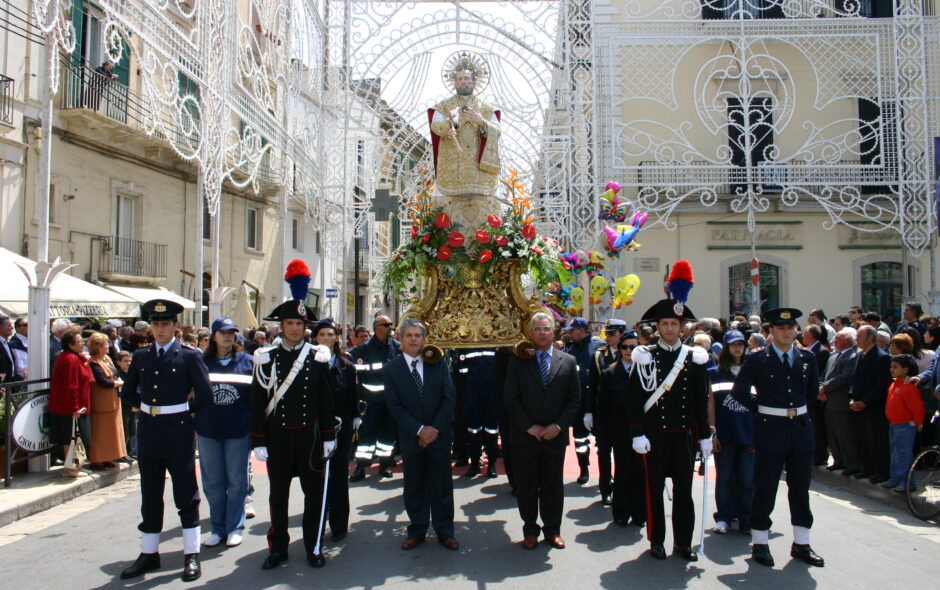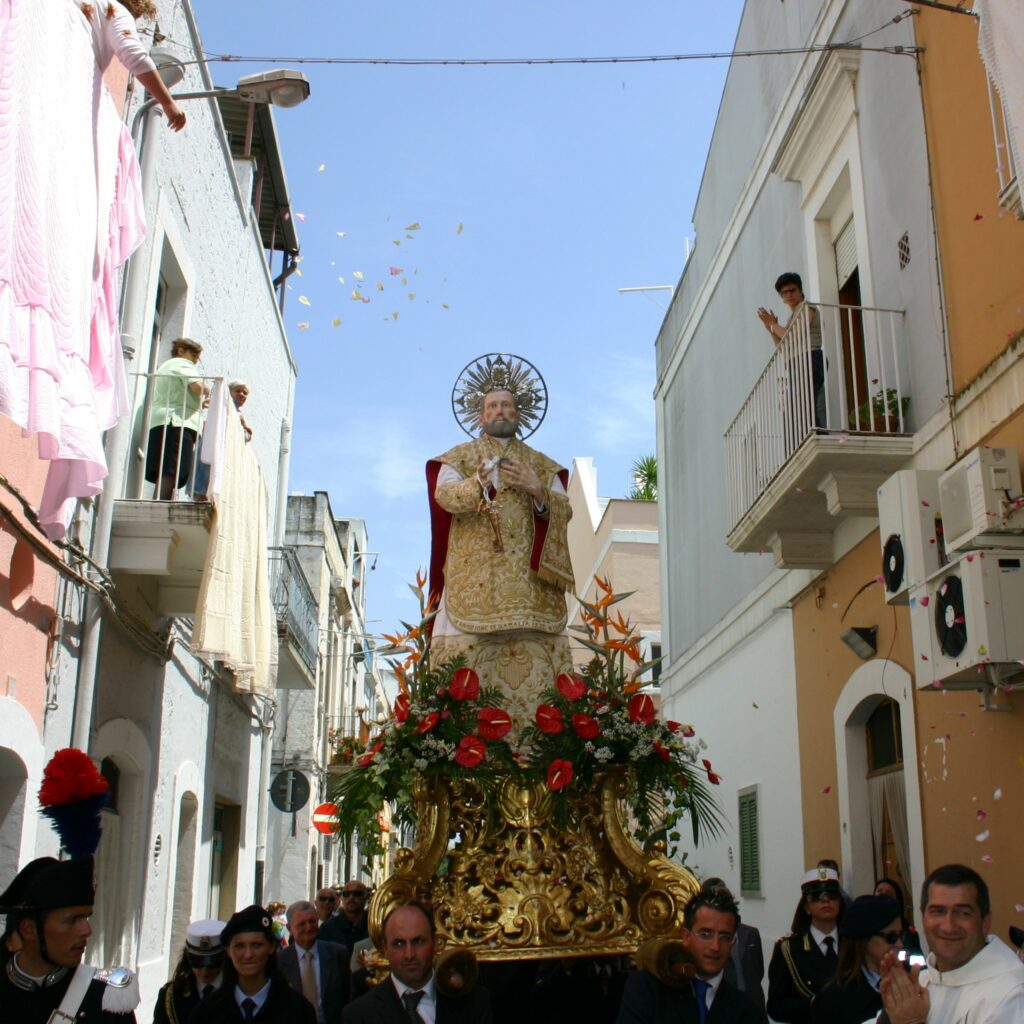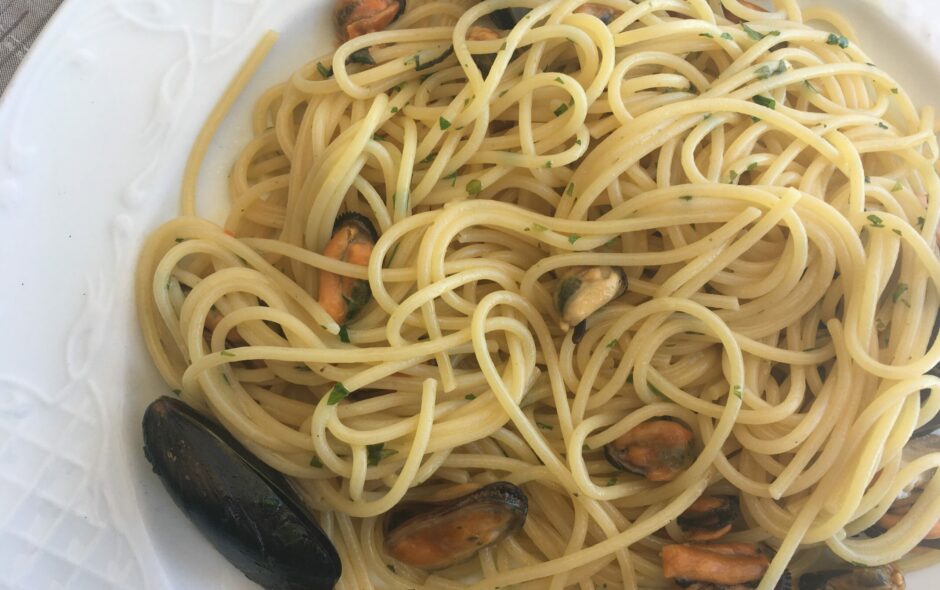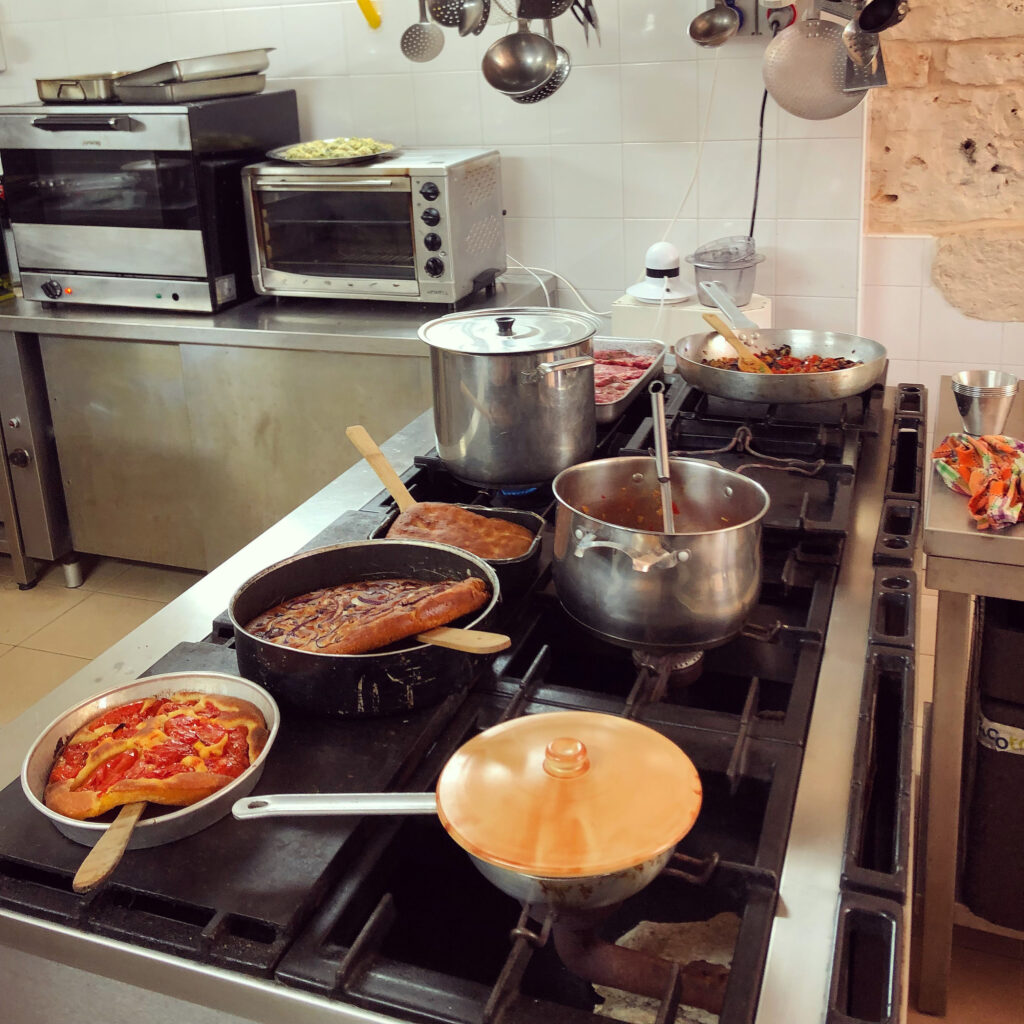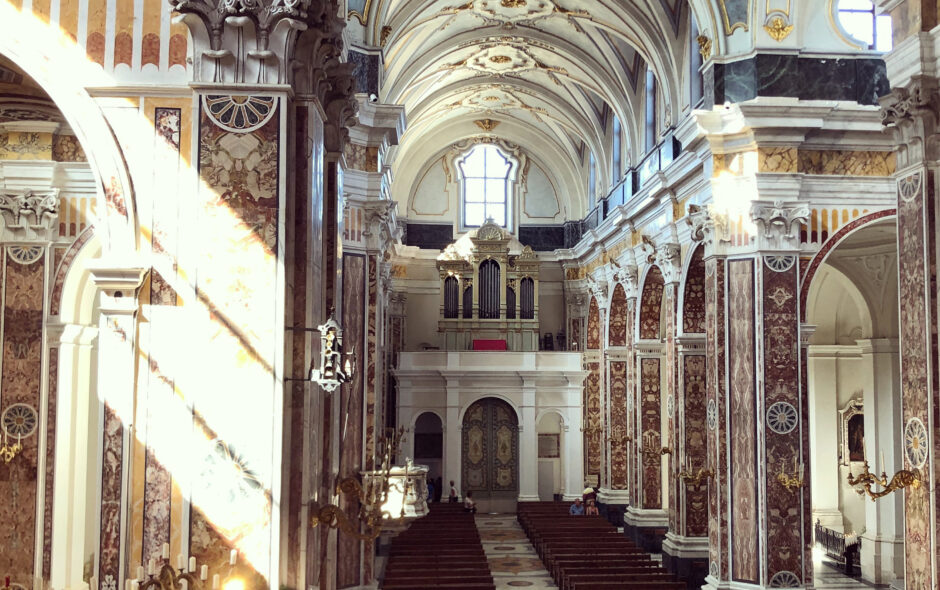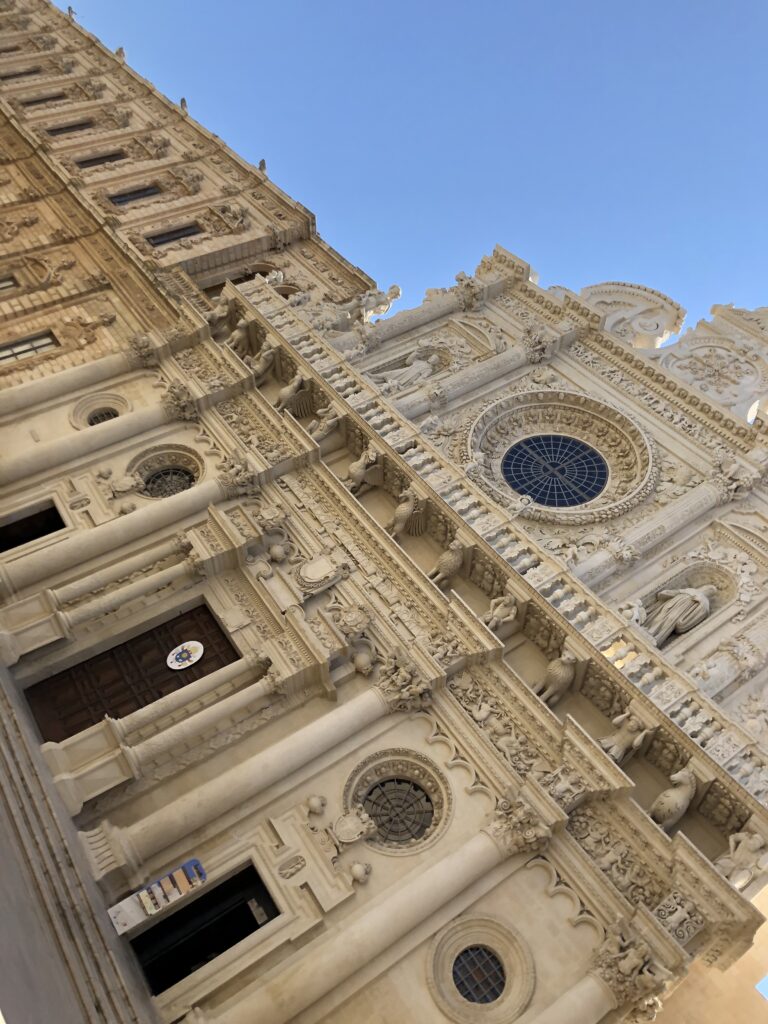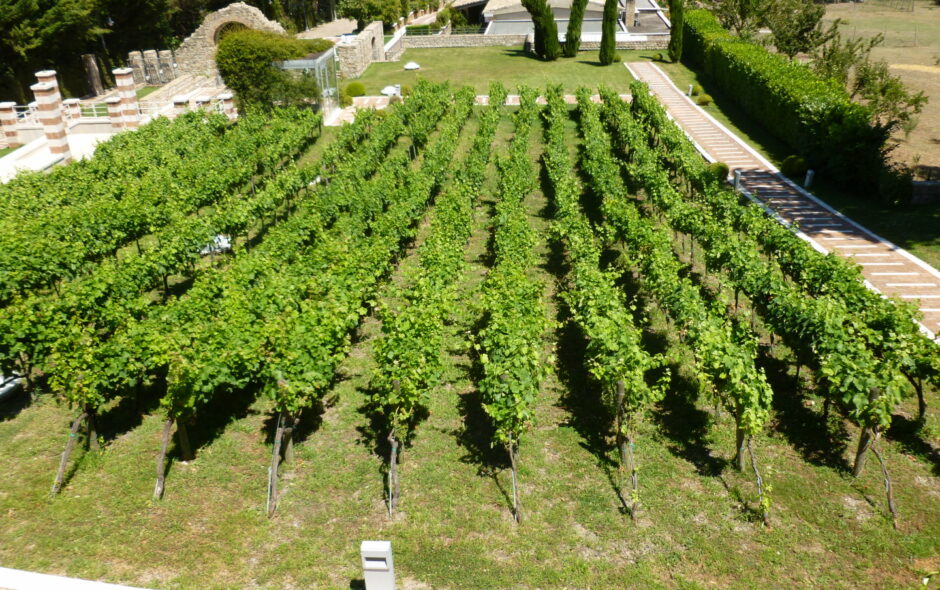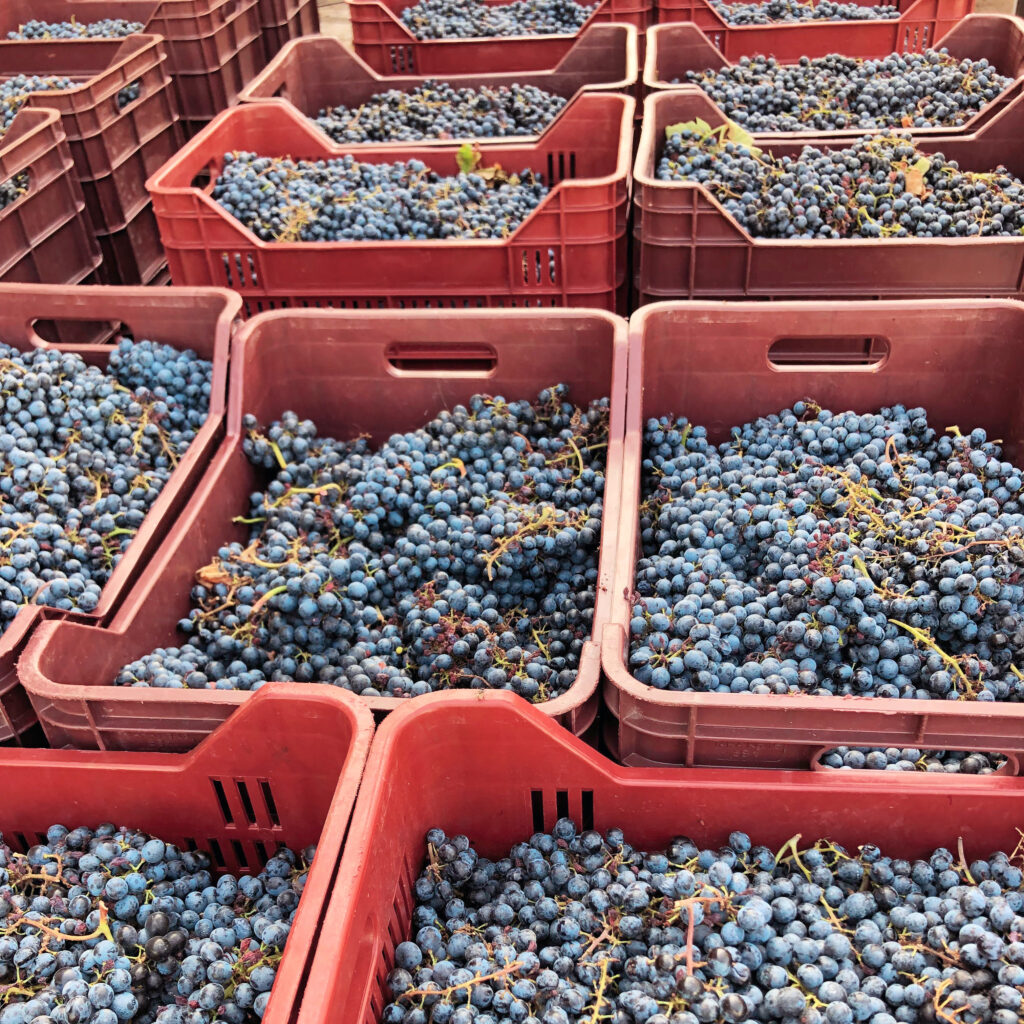A characteristic example of medieval architectural sculpture, the stylophorus lion was placed in the portals and pulpits of early Christian and Romanesque churches with the architectural function of holding up the columns, but it was also the bearer of a symbolic spiritual message addressed to men. In fact, in medieval bestiaries, the lion was assimilated to the idea of watching over and protecting because it was believed to sleep with its eyes open and therefore with the apotropaic function of defender from evil and at the same time protector of good.
Therefore, an undisputed symbol of Fortitude, placed at the entrance of churches, it symbolizes the strength that guards the sacred space.
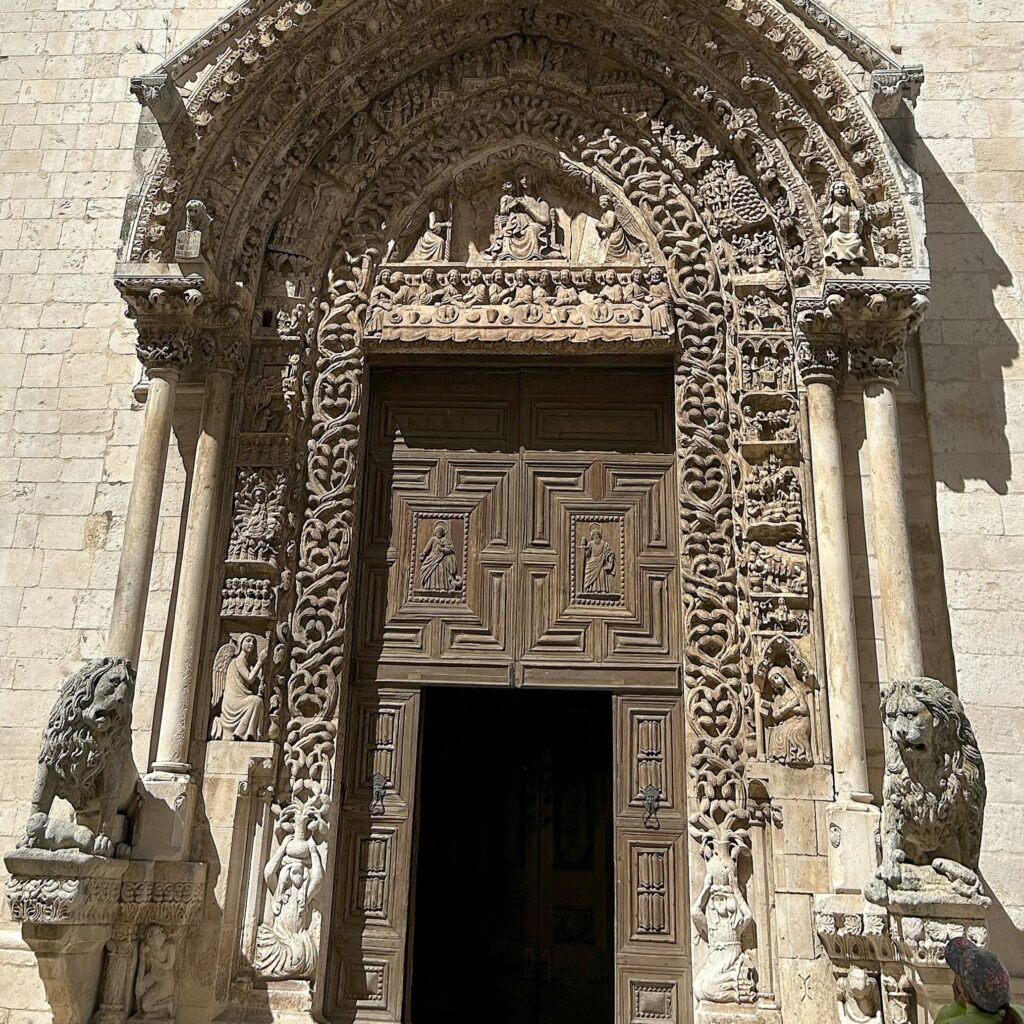
According to a category of medieval books, the lion is also a symbol of Christ for various reasons: Christ is called “the Lion who is of the tribe of Judah” (Revelation of John 5, 5-6); Christ was resurrected after three days, like lions that were believed to be born dead and come back to life after their father breathed on them after three days. The lion is majestic in front, but with smooth fur on the back (like Christ who is the son of God, but at the same time is a man). The lion is next to the throne evoking the presence of Christ in the book of the Apocalypse of John (5, 5) and, in medieval iconography, it is also a symbol of God’s justice. The lion is also a symbol of justice because the Prior administered justice inter leones et coram populo (among the lions and before the people).
If we read the passage from Genesis in which Jacob entrusts a destiny to each of his sons and note how much he prophesies the arrival of Christ, the new leader of the lineage of Judah, the new crouching lion, but also the one who, in continuity, in the manner of Judah himself, will wash his robe in wine.
Usually the lion to the right and left of the portal, are depicted in different postures. According to art historians, this difference represents the dual human and divine nature of Christ. The two lions are therefore the representation of Jesus and symbolize his strength in supporting the Church. They also represent Christ’s victory over death.
The crouching lion is the risen Lord and the prey between his paws is death, which he has conquered: many passages of the Scriptures recall this image. Furthermore, the lion-Christ is depicted as a support for the columns: he is the risen one who supports his Church and the entire life of believers in the passage of time and in the activity of every day, to which the figures of the Months allude.
In Romanesque iconography, the lion is also an allegory of Christ the judge, loving towards the good but inflexible towards the wicked: the lion holding between its paws, as a sign of supremacy and, at the same time, of protection, a lamb, a deer or a human figure, frequent in Romanesque porches, especially in Italy and Provence, is a metaphor of Christ who defends the faithful.
Explore all the beautiful sites of Puglia joining our tour.

